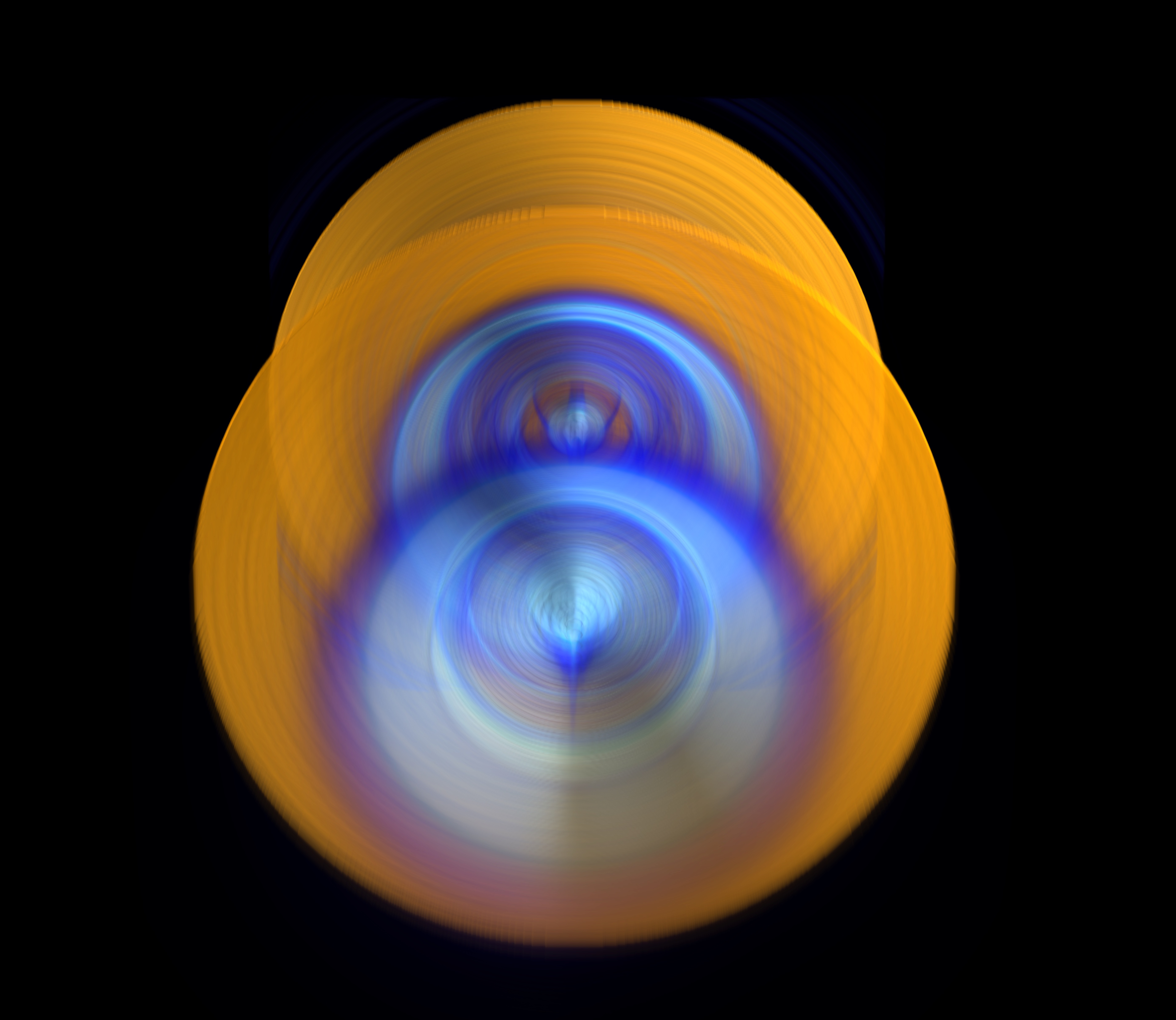Epp project selected as EuroHPC Success Story
The computing project led by epp team member J. Vieira was selected as a Success Story of the EuroHPC Joint Undertaking. The project, titled ‘Plasma Accelerator-Based Light sources’, focused on the possible use of collective plasma motion to emit very bright radiation. Project highlights include using structured light to enhance ion acceleration (lead by epp team member C. Willim, published here in Physical Review Research); a new mechanism to mitigate the hosing instability in plasma accelerators (lead by former epp team member M. Moreira, published in Physical Review Letters); and a superradiant quasiparticle light sources in plasma accelerators [published recently in Nature Photonics, led by epp team member B. Malaca], which leveraged the Radiation Diagnostic for Osiris (https://doi.org/10.1016/j.cpc.2022.108634, also check the video).

A plasma wave (in blue) excited by a laser can travel at speeds faster than the speed of light, generating bright single-cycle light pulses (in yellow).
The computing project required 37 million CPU-hours in LUMI, a supercomputer in Finland which currently holds the fifth spot in the list of the 500 most powerful supercomputers in the world.
A total of 9 epp members participated: J. Vieira, R. Fonseca, T. Silva, M. Pardal, B. Malaca, C. Willim, C. Badiali, M. Moreira, and R. Almeida. Get to know more about the project here. This was the first Computational Physics project to be selected as a Success Story by the EuroHPC.








